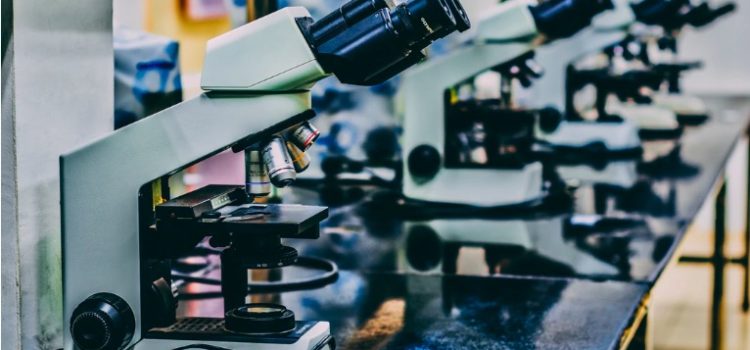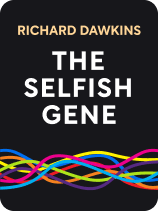

This article is an excerpt from the Shortform book guide to "The Selfish Gene" by Richard Dawkins. Shortform has the world's best summaries and analyses of books you should be reading.
Like this article? Sign up for a free trial here .
What is the selfish gene theory? How does it depart from traditional biologists’ views of organisms and evolution?
The selfish gene theory, developed by evolutionary biologist and author Richard Dawkins, contradicts traditional perspectives in biology and evolution. He argues that life is best understood from the genetic perspective as opposed to the organismal perspective.
Read on for more about the selfish gene theory.
The Logic Behind the Selfish Gene Theory
All behaviors in nature lead back to genes trying to copy themselves, which is the core of the selfish gene theory. Selfishness and altruism can both be explained by animals acting to protect either themselves or their relatives (who will, by definition, share many of their genes).
Note that, due to countless variables, it’s impossible to say exactly what effect a behavior will have on a creature’s long-term chance of survival. Therefore, all of the examples throughout this essay are presented with what we assume the effects of those actions will be.
Emperor penguins demonstrate selfish behavior when they push each other into the water to check for predators before diving in themselves. Meanwhile, bees demonstrate altruistic behavior when they sting to defend their hives—while they may drive off creatures that would have eaten the hive’s food source, the honey, the bees themselves often die in the process.
However, selfishness and altruism aren’t always immediate life-or-death acts. For example, a bird that gives an alarm call upon seeing a predator is being altruistic, because the bird might draw that predator’s attention to itself. It’s a relatively small risk compared to that of a bee stinging an intruder, but it still counts as altruism.
For all the earlier talk of creatures reproducing, it must be understood that the gene is the unit of inheritance—not the creature, species, or population. Therefore, creatures’ selfishness and altruism are both rooted in gene selfishness.
Animals, including humans, are essentially organic machines built by genes, and genes are designed to survive and reproduce. Genes are selfish—not consciously, of course, but those that still exist have out-competed countless other genes. This is ultimately selfish behavior—that is, behavior that benefits the individual at the expense of others.
Genes also show their selfishness because of the fact that altruism toward outside groups is rare, and toward different species is almost unheard of. For example, a human killing another human is one of the worst crimes possible, but we kill animals every day for food, in self-defense, or simply for sport. This species bias supports the selfish gene theory.
Humans are something of a special case when it comes to selfishness and altruism, as well as the selfish gene theory generally. Unlike other animals, we can be taught altruism and be convinced to go against our basic selfish nature—although to exactly what extent is part of the ongoing nature vs. nurture debate.
Nature Seeks Stability
Since genes themselves aren’t living organisms, it may be confusing to talk about their “survival”; substituting the word “stability” might help to clarify the matter. By definition, something that’s unstable—whether it’s a single molecule or a population of animals—will keep changing until it finds a stable form. For primordial molecules, this happens by chance; atoms randomly bump into each other until they happen to land in a form that sticks.
In animal populations, the selfish gene theory gets a lot more complex. As we’ve discussed, a population of altruistic animals could be easily overtaken by selfish individuals, and therefore can’t be considered stable. Similarly, a population of all selfish animals will be unstable because it’ll fight against itself, inevitably growing weaker until it’s overwhelmed by other types of individuals.

———End of Preview———
Like what you just read? Read the rest of the world's best book summary and analysis of Richard Dawkins's "The Selfish Gene" at Shortform .
Here's what you'll find in our full The Selfish Gene summary :
- Why organisms don't matter, only genes do
- How all life forms begin with a replicating molecule
- How species need to balance aggression and pacifism to survive






